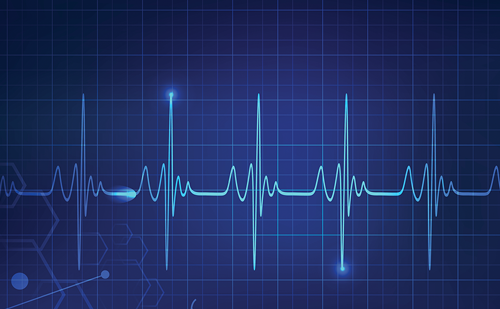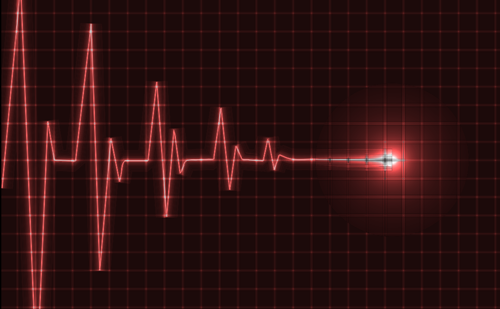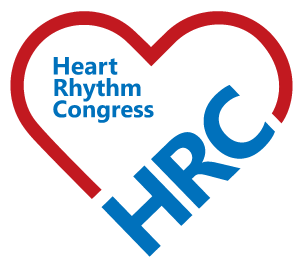Recording significant arrhythmia in patients with palpitations and pre-syncope can be challenging given the unpredictable onset and duration of symptoms. Conventional rhythm monitoring devices are time limited, resource intensive and suffer from low diagnostic yield. Patient activated smartphone connected devices that record rhythm strips offer promise as an affordable and effective rhythm monitoring device. The AliveCor heart monitor has shown efficacy in screening for atrial fibrillation and promise in arrhythmia screening in patients presenting to the emergency department (Reed et al., 2018). There is limited retrospective evidence of its utility as a rhythm monitoring tool in outpatients with palpitations (Newham and Tayebjee, 2017). We present a prospective evaluation of physiologist led triage of AliveCor as a prolonged rhythm monitoring alternative for referrals from cardiology clinic.
We initiated physiologist led triage of all rhythm monitoring referrals from cardiology clinic for assessment of palpitations, pre-syncope or syncope (with preceding palpitations or pre-syncope). Eligible patients required symptoms lasting at least 30 seconds and occurring less frequently than twice weekly but more than three-monthly. Additionally, patients had to be able to use a compatible smartphone during the symptoms. Following the screening, patients attended a short appointment to collect the device and receive recording instruction. Recordings were transmitted to a dedicated secure e-mail account which was reviewed daily by a physiologist. The patient kept the device until 3 normal recordings or 1 pathological diagnostic rhythm was received over a maximum of 3 months. A final report was issued to the referring consultant.
Forty-six patients completed monitoring (23 female, age median 50 years, IQR 39–65) over an 18-month period. 33 had palpitations, 11
pre-syncope and 2 palpitations and syncope. 63% had previous
prolonged non-diagnostic monitoring and 4 had previous smart-watch detected “arrhythmia” (2 bradycardia, 2 tachycardia). Each patient made a median of 5 recordings (IQR 3–9). The median time to diagnosis was 5 days (IQR 1–15). 14 (30%) patients recorded a significant arrhythmia (AF [9], SVT [4], NSVT [1]). The remainder recorded benign rhythms (sinus in 25 [54%], ectopy in 5 [11%]) and 2 had no symptoms in the 3-month period. All patients received a diagnosis with no further rhythm monitoring required. Physiologists spent an estimated 1 minute in analysis per Alivecor rhythm strip within the remote monitoring clinic as opposed to 15 minutes per 24-hour ambulatory monitor analysis.
Physiologist led triage and analysis of AliveCor device monitoring in selected patients with palpitations, pre-syncope and syncope resulted in a universal diagnosis of a spectrum of normal, atrial and ventricular rhythms. The time to diagnosis was short and appears to be a more time and cost-effective strategy than conventional monitoring.














